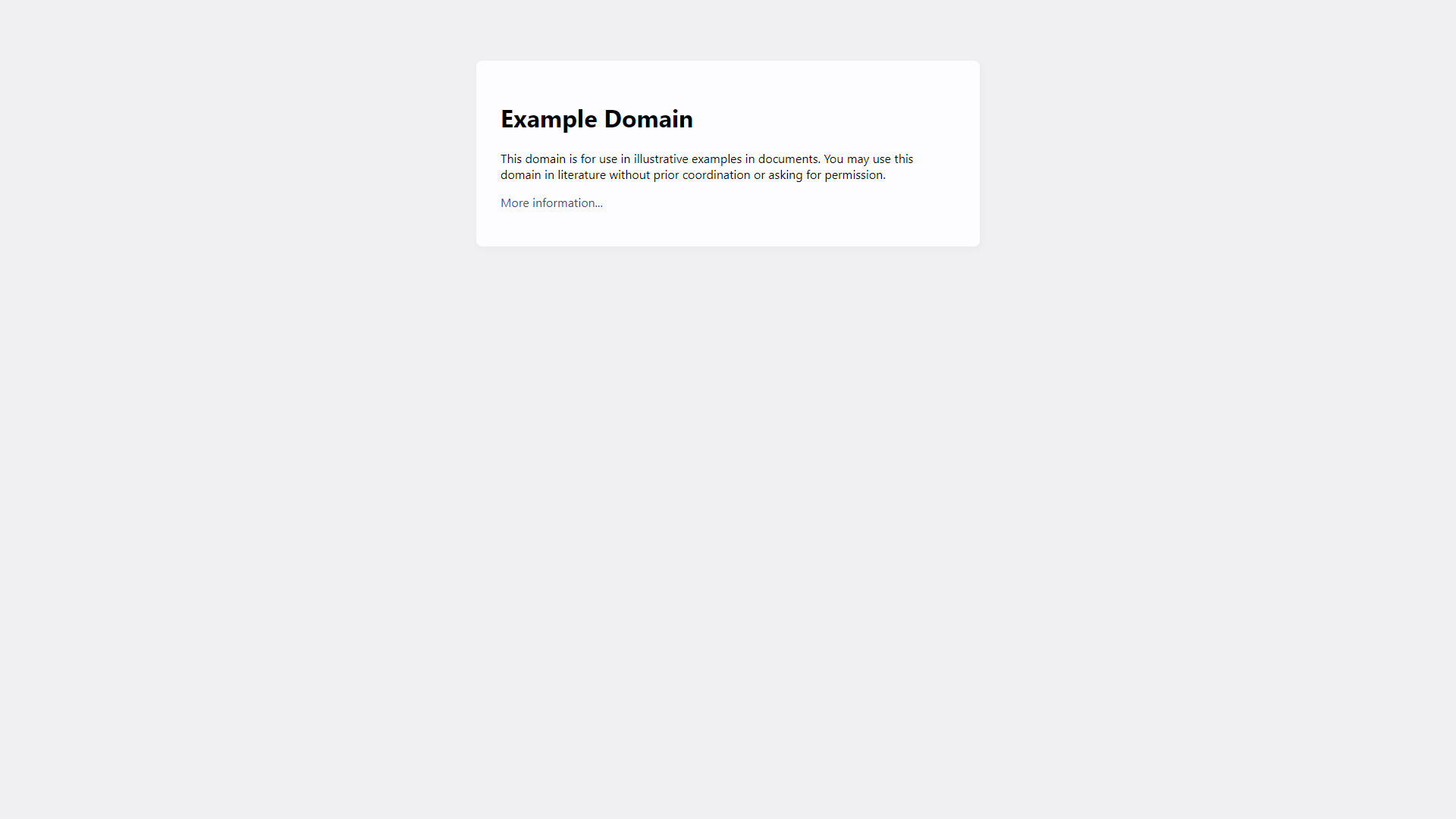
Bounding Boxes for Machine Learning and Computer Vision Datasets
A tool for drawing and managing bounding boxes in datasets.

Overview
Bounding boxes are essential in machine learning and computer vision. They help algorithms understand where objects are located in images. By using bounding boxes, developers can effectively train models to recognize different objects from various angles and distances. With the rise of deep learning, having accurate bounding boxes has never been more important for successful project outcomes.
Creating bounding boxes can be a time-consuming task. However, the right tools can make this process much easier and more efficient. Various software and libraries exist to assist in creating and managing these bounding boxes, allowing users to label datasets with precision. This improved efficiency can significantly boost productivity in developing machine learning models.
In addition to fostering efficient dataset creation, using bounding boxes enhances the accuracy of predictions made by AI systems. As machine learning continues to grow, the importance of high-quality datasets with well-defined bounding boxes remains crucial. By properly utilizing this technology, developers can create better models that deliver more reliable results in real-world applications.
Key features
User-Friendly Interface
The tool features an intuitive design that makes it easy for anyone to draw bounding boxes quickly.
Multi-Format Support
Supports multiple image formats, such as JPEG, PNG, and BMP, ensuring versatility for users.
Collaboration Tools
Enables team members to work together on the same project by sharing datasets and annotations easily.
Automated Suggestions
Utilizes AI to suggest bounding boxes based on image content, speeding up the labeling process.
Export Options
Allows users to export labeled data in various formats like COCO, Pascal VOC, and CSV, simplifying data integration.
Image Editing
Provides basic editing tools to enhance images before labeling, ensuring better accuracy in bounding box placement.
Version Control
Keeps track of changes in datasets, allowing users to revert back to previous versions if needed.
Customization Options
Users can customize the size, color, and style of bounding boxes to suit their project requirements.
Pros & Cons
Pros
- Increases Efficiency
- Enhances Model Accuracy
- Facilitates Team Collaboration
- Supports Bulk Operations
- Easy Integration
Cons
- Learning Curve
- Computational Requirements
- Limited Customization
- Occasional Errors
- Cost
Rating Distribution
User Reviews
View all reviews on G2Bounding boxes for ML and CV data sets works great for generating training data
What do you like best about Bounding Boxes for Machine Learning and Computer Vision Datasets?
Bounding boxes for ML and CV datasets is a big need to generate training data. It makes it easy to hand off the generation of training data to the product and get back images with bounding boxes and plug them into the training data for custom use cases.
What do you dislike about Bounding Boxes for Machine Learning and Computer Vision Datasets?
Accuracy of bounding boxes could be an issue - but it isn't seen much yet. So far it is giving pretty high accuracy with bounding boxes.
What problems is Bounding Boxes for Machine Learning and Computer Vision Datasets solving and how is that benefiting you?
Using datasets from different domains, such as fashion datasets to train different models to learn different kinds of fashion trends. The bounding boxes are very useful to generate training dataset to feed into computer vision models and also machine learning models to train classifiers to detect images correctly. Can also use the bounding boxes to crop images.
Company Information
Alternative Data Labeling tools
FAQ
Here are some frequently asked questions about Bounding Boxes for Machine Learning and Computer Vision Datasets.
Bounding boxes are rectangles drawn around objects in images, used to identify and locate them.
They help machine learning models learn to recognize and understand the location of objects.
Yes, the tool can also work with video data, allowing you to draw bounding boxes frame by frame.
You can export your dataset to formats like COCO, Pascal VOC, and CSV for easy integration.
Yes, the tool allows team members to collaborate by sharing datasets and annotations.
The AI analyzes the image content and provides suggestions for bounding boxes to speed up the process.
Currently, the tool does not have a mobile app, but it is usable on various web browsers.
Yes, very high-resolution images may slow down performance, so it's advisable to use optimized images.